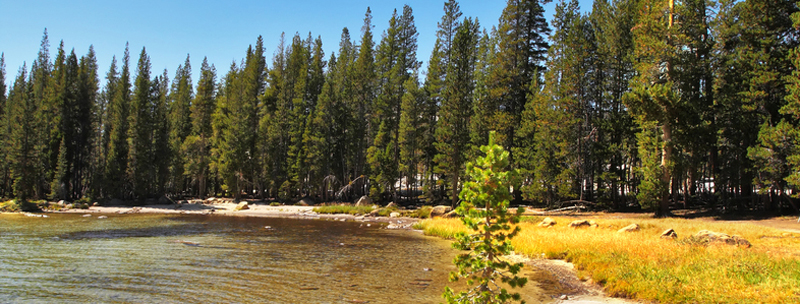The United States Court of Appeals for the Eleventh Circuit recently overturned a decision by the United States District Court for the Northern District of Florida, holding that an ordinance (the “Ordinance”) enacted in Walton County (the “County”) terminated an easement that the County held over a strip of land. See A Flock of Seagirls LLC v. Walton County Florida, 7 F.4th 1072 (2021). In 1996, the State of Florida initiated eminent domain proceedings against St. Joe Paper Company (“St. Joe”). The result of the proceedings was the creation of a “permanent public access easement allowing public pedestrian access laterally along the beach” on 75 feet of beach running parallel to the Gulf of Mexico (the “Easement”), although St. Joe retained ownership of the strip of land. The judgment bound the parties as well as their successors and assigns. In 2000, St. Joe established the WaterColor Community Association, and in 2002, St. Joe recorded the Easement. The Easement included an abandonment clause, which provided in relevant part that the County would be deemed to have abandoned the Easement if it attempts to use the Easement for any other purpose. In 2017, the County enacted the Ordinance, which permitted members of the public to make a number of recreational uses – including sunbathing, picnicking, fishing, swimming, and building sandcastles – of dry sand areas that are owned by private entities, including the land that is subject to the Easement.
Plaintiffs own beachfront lots in the WaterColor community and brought suit claiming that the Ordinance constituted an unconstitutional taking of their property rights and triggered the Easement’s abandonment because it attempted to use the property for purposes other than “a way of passage, on or by foot only.” While the constitutional claim was rendered moot by a bill passed in the Florida legislature, the abandonment claim was heard by the District Court. That court acknowledged that by enacting the Ordinance, the County had attempted to use the Easement for an “expanded purpose,” but held that uses that expand on but are consistent with the purpose of an easement do not evince an intent to abandon. Because the Ordinance contemplated uses that were consistent with (even if broader than) the Easement’s purpose, the plaintiffs had not shown an intent to abandon and thus had not demonstrated that the County had abandoned the Easement. The Plaintiffs appealed.
In its decision, the Eleventh Circuit considered whether the Ordinance triggered the terms of the Easement’s abandonment clause, and whether any other sources of law forestall or limit the abandonment clause’s operation. The Court answered the first question, stating that the plain language of the Ordinance indicated an abandonment of the Easement, pointing out that the Easement’s purpose as “a way of passage” was for “a locomotive purpose,” rather than the Ordinance’s aim of using the land for “recreational purposes.” As for the second question, the Court disagreed with the County’s assertion that Florida common law, separate provisions of the Easement, and the original judgment limited the abandonment clause. It instead found that under Florida law, the public’s right to full use of the beaches was not absolute or boundless, and that the County’s interpretation of the “perpetual” and “permanent” nature of the Easement was flawed and the Easement was still subject to conditions that could terminate it. As such, the Eleventh Circuit reversed, holding the Easement was abandoned.
For a copy of the decision, please contact Michael O’Donnell at modonnell@riker.com, Desiree McDonald at dmcdonald@riker.com, or Kevin Hakansson at khakansson@riker.com.




